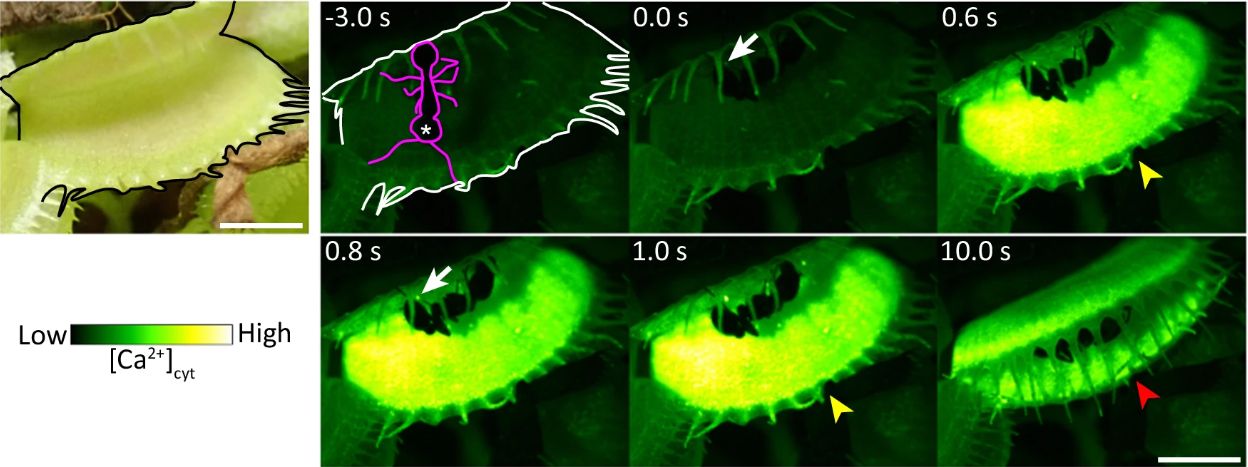Recent research has uncovered the intricate mechanism that enables the Venus flytrap (Dionaea muscipula) to respond rapidly to potential prey. A study published in Nature Communications by a team led by Hiraku Suda has identified a mechanosensor, known as DmMSL10, as a crucial component in the plant’s ability to detect touch. This discovery sheds light on why the Venus flytrap, alongside other carnivorous plants, can capture insects with remarkable speed.
The Venus flytrap employs a unique method for ensnaring prey, utilizing specialized leaves that close rapidly when triggered. The study reveals that the sensory hairs on these leaves respond to specific stimuli through calcium threshold signals. While previous research established that calcium plays a significant role, the precise mechanism had remained unclear until now.
Mechanosensor Discovery Enhances Understanding of Plant Behavior
The study demonstrates that the absence of the DmMSL10 mechanosensor significantly hampers the plant’s ability to process minor stimuli. By breeding a version of the Venus flytrap lacking this stretch-activated chloride ion channel, researchers observed a marked difference in how the plants responded to touch. Both the wild-type and knockout variants of the plant released calcium ions when the sensor hairs were mechanically stimulated. However, the action potential generation rate was notably lower in the knockout variant, highlighting the essential role of DmMSL10 in detecting even slight touches.
To further illustrate this finding, the researchers conducted an experiment allowing ants to wander on the leaves of both the wild-type and knockout plants. The wild-type successfully captured the first ant that ventured onto its leaves, while the knockout variant remained unresponsive even after several ants traversed its surface. The lack of a sufficient calcium signal in the knockout variant demonstrated DmMSL10’s critical role in prey detection.
Implications for Future Research
This research not only provides insight into the Venus flytrap’s unique adaptations but also opens avenues for understanding similar mechanisms in other organisms. The ability of the plant to generate long-range calcium signals is vital for its survival, enabling it to consume insects that provide essential nutrients like protein and nitrogen.
Future studies may explore how these mechanosensory systems evolved in tandem with similar systems found in animals. The findings from this study could have broader implications for understanding plant behavior and evolution, as well as potential applications in biotechnology.
With this new understanding of the Venus flytrap’s rapid response mechanism, researchers are now better equipped to explore the fascinating world of carnivorous plants and their adaptations to their environments. This research underscores the complexity and intelligence of plant behavior, inviting further inquiry into how these mechanisms function across different species.
